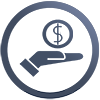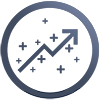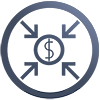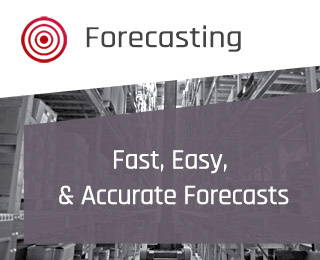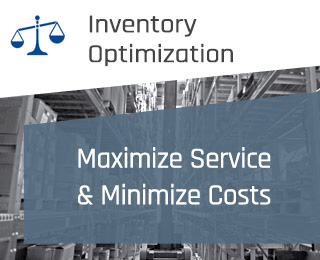Here are just a few examples of the benefits and economic impact
Meet Customer Demand
Accounting for inherent demand patterns such as trend and seasonality as well as external and internal feedback on events/promotions minimizes unexpected sales orders that would otherwise be backordered or lost. A service parts distributor increased perfect order fill rate from 92.5% to 95%.
Increase Revenue
Optimizing Inventory Levels means savings realized on one subset of items can be reallocated in order to carry a broader portfolio of “in stock” items allowing revenues to be captured that would otherwise be lost sales. A leading distributor was able to stock a broader portfolio of parts with savings used from inventory reductions and increased part availability by 18%
Reduce Inventory Costs
Less critical Items that are forecasted to achieve 99%+ services levels represent opportunities to reduce inventory. By targeting lower service levels on less critical items, inventory will “right size” over time to the new equilibrium decreasing holding costs and value of inventory on hand. A major public transit system reduced inventory by more than $4,000,000 while improving service levels.
Improve Planner Productivity
By strategically planning the inventory parameters, planners will spend less time managing outputs from their ERP and have more time to focus on value add activities. Considerable time will also be saved by reducing the number of emergency out of stock events that drain resources. A repair service operation reduced the number of emergency shipments on spare parts by 17% in the first year following implementation.
Reduce Product Costs
Forecasting provides a stronger foundation on which to negotiate with vendors. By using statistical forecasts and estimates of best and worst case demand scenarios, expectations between supplier and customer can be established. After collaborating with a major contract manufacturer using the demand forecast as a guide, An aviation equipment contractor reduced material costs on a major product line by $187,000
Organizational Consensus
When you are able to model and communicate expected demand and likely ranges along with the precise tradeoffs between service levels and inventory cost in your strategic inventory plans, you will establish consensus among all the stakeholders. Once true consensus is established, the organization knows where risks are likely, where they are not, and can plan accordingly.
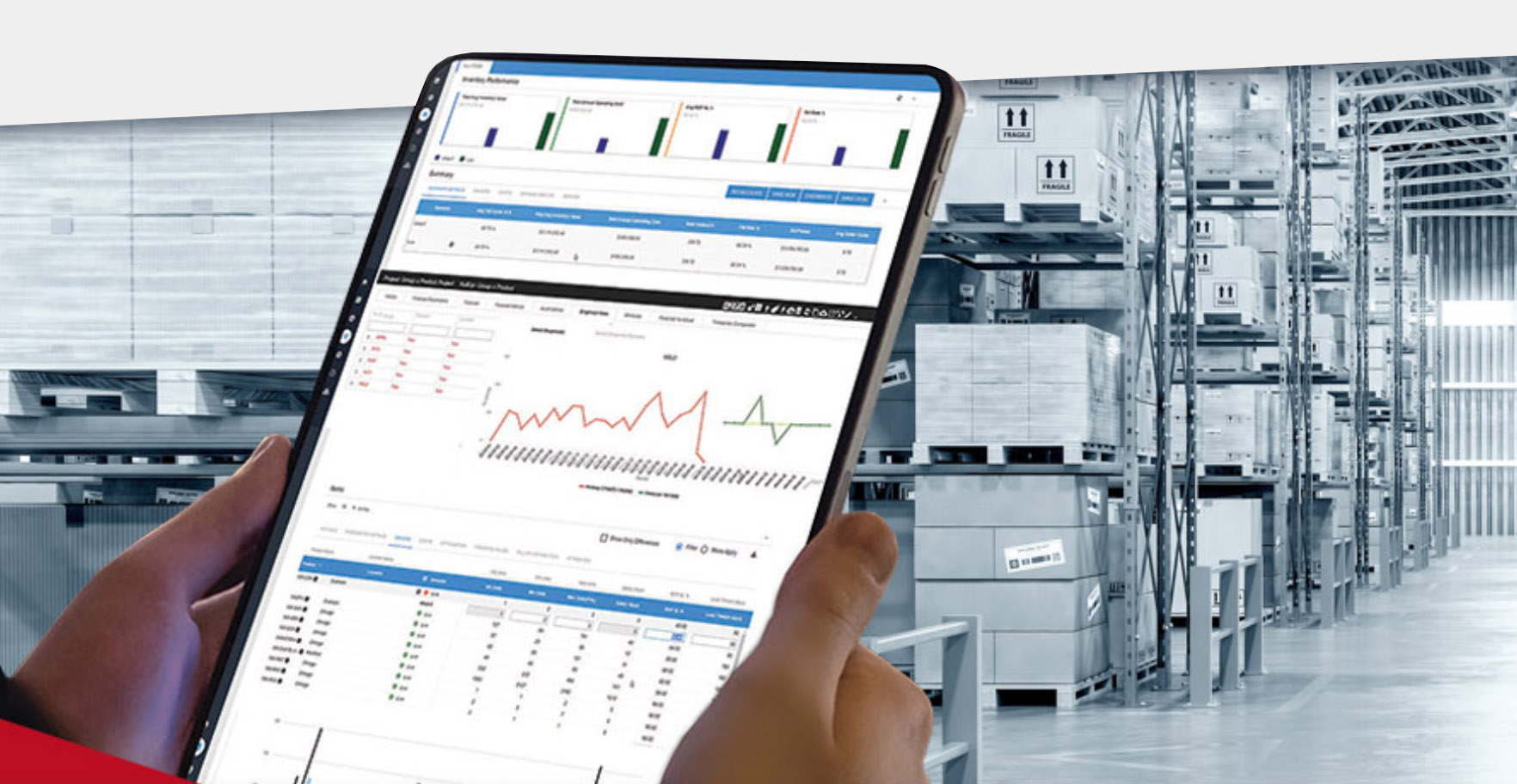
The impact of improved Demand & Inventory Planning
The modern marketplace is volatile and always changing. SKU proliferation is on the rise, supply chains have gotten longer, lead times less predictable, and demand patterns more intermittent and less forecastable. Yet most organizations have continued to rely on spreadsheets or ERP provided solutions that fall well short of meeting the business needs of the modern supply chain.
Data is often siloed limiting visibility across the organization, formal approaches for forecasting and establishing inventory policy rely primarily on rule of thumb logic or are non-existent. The end result is too much inventory, unhappy customers, and a company unable to respond to uncertainty. Investments aimed at improving demand forecast accuracy, demand planning processes, and optimizing inventory will yield significant economic benefits.
Contact Us Today for More Information
If you request a demo, one of our specialists will show you how Smart can help, using your own inventory data!


